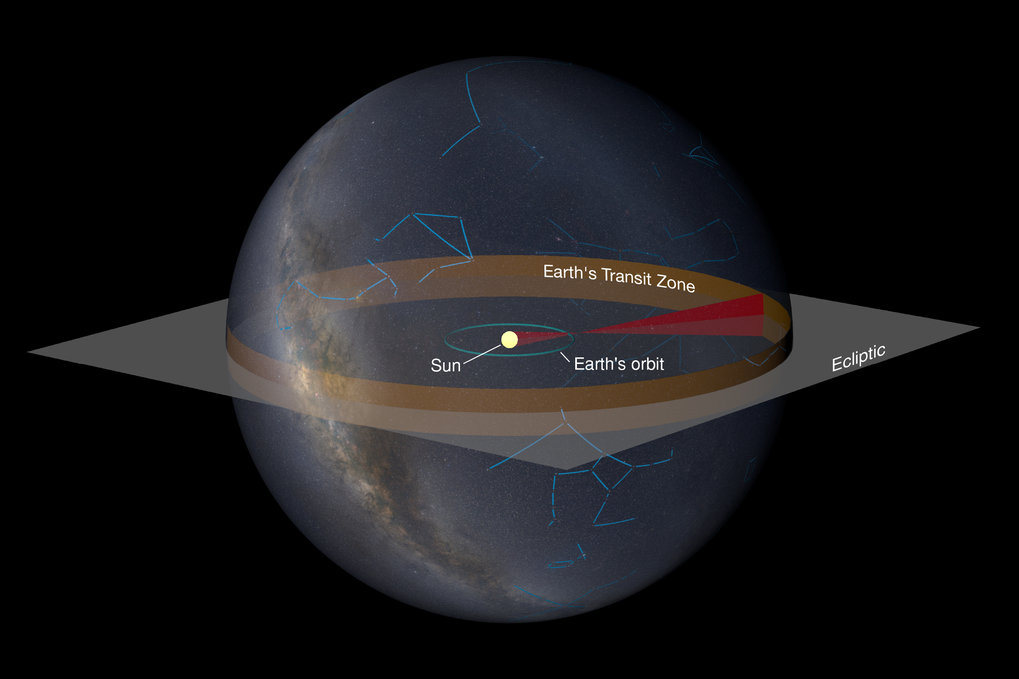Astronomers are getting better at gathering data about exoplanets. We have discovered thousands of them, measuring their mass, size, and orbital parameters, and we are starting to measure other aspects such as their temperature and atmospheric composition. Of course, the big hope is that in time we will discover the presence of life on some of these distant worlds, and perhaps even find evidence of an alien civilization. And if there are aliens out there, it’s reasonable to assume they might be looking for us as well. A new study proposes one way we might find each other.
Most exoplanets have been discovered using the transit method, where an exoplanet passes in front of its star from our point of view. This method also has the potential for us to study the atmospheric composition of these worlds, since some of the starlight passes through a planet’s atmosphere during transit.
But there’s a big downside to the transit method, and that is that it only works when the planet’s orbit is aligned with our perspective. Most planetary systems have the wrong alignment, so we’ll never see a transit of those worlds. The same would be true of alien astronomers. If Earth’s orbit isn’t aligned properly, they’ll never see Earth transit the Sun, and can’t use the transit method to study our planet.
Fortunately for the aliens, there are lots of stars that do have a view of Earth’s transits. The stars along this line of sight include a bit of the central region of the Milky Way. In a new paper published on the arxiv, the authors refer to the stars along our orbital plane as the Earth Transit Zone (ETZ). They propose looking for habitable worlds in the ETZ using the Nancy Grace Roman Space Telescope when it comes online.

One of the projects proposed for the upcoming telescope is the Roman Galactic Bulge Time Domain Survey. This project would look for exoplanets in the region of the galactic center, where stars are most concentrated. The authors propose augmenting this project with a Roman Survey of the Earth Transit Zone (RoSETZ), which would focus entirely on potentially habitable worlds capable of viewing a transit of Earth.
Based on what we know about the distribution of stars in the region and the odds of them having a habitable planet, the team estimates that an initial two-season run of observations could discover more than 100 Earth-sized habitable zone exoplanets in the ETZ. A more comprehensive six-season run could discover more than 600 of these planets.
Some of these worlds might be home to a civilization that can study Earth the way we can study them. We could be aware of our mutual existence. Of course it’s also possible that none of these planets are home to life. But it’s still worth looking for them, because without seeking out alien life in the ETZ, we may never know who might be watching the watchers.
Reference: Kerins, Eamonn, et al. “RoSETZ: Roman Survey of the Earth Transit Zone–a SETI-optimized survey for habitable-zone exoplanets.” arXiv preprint arXiv:2306.10202 (2023).

